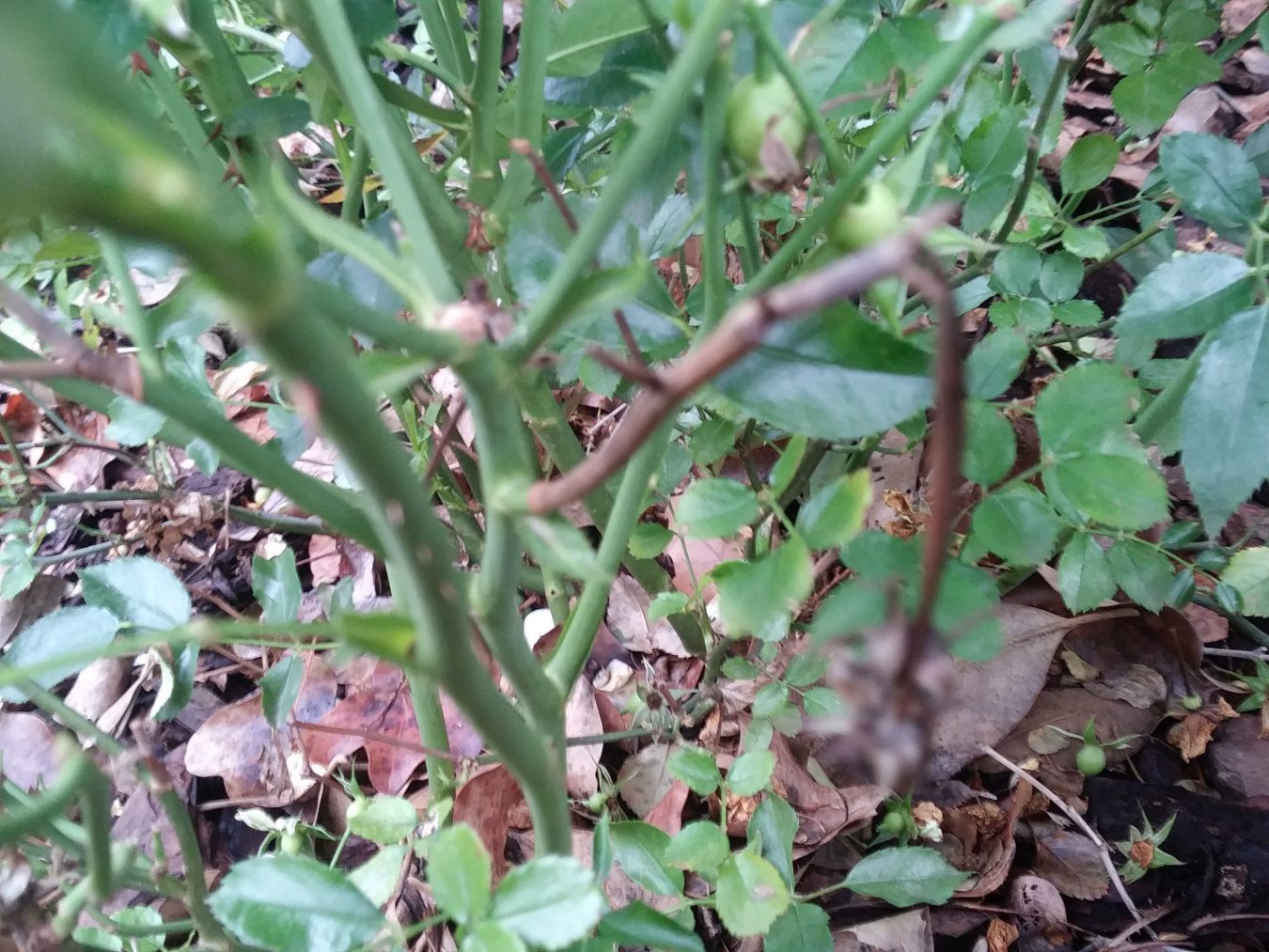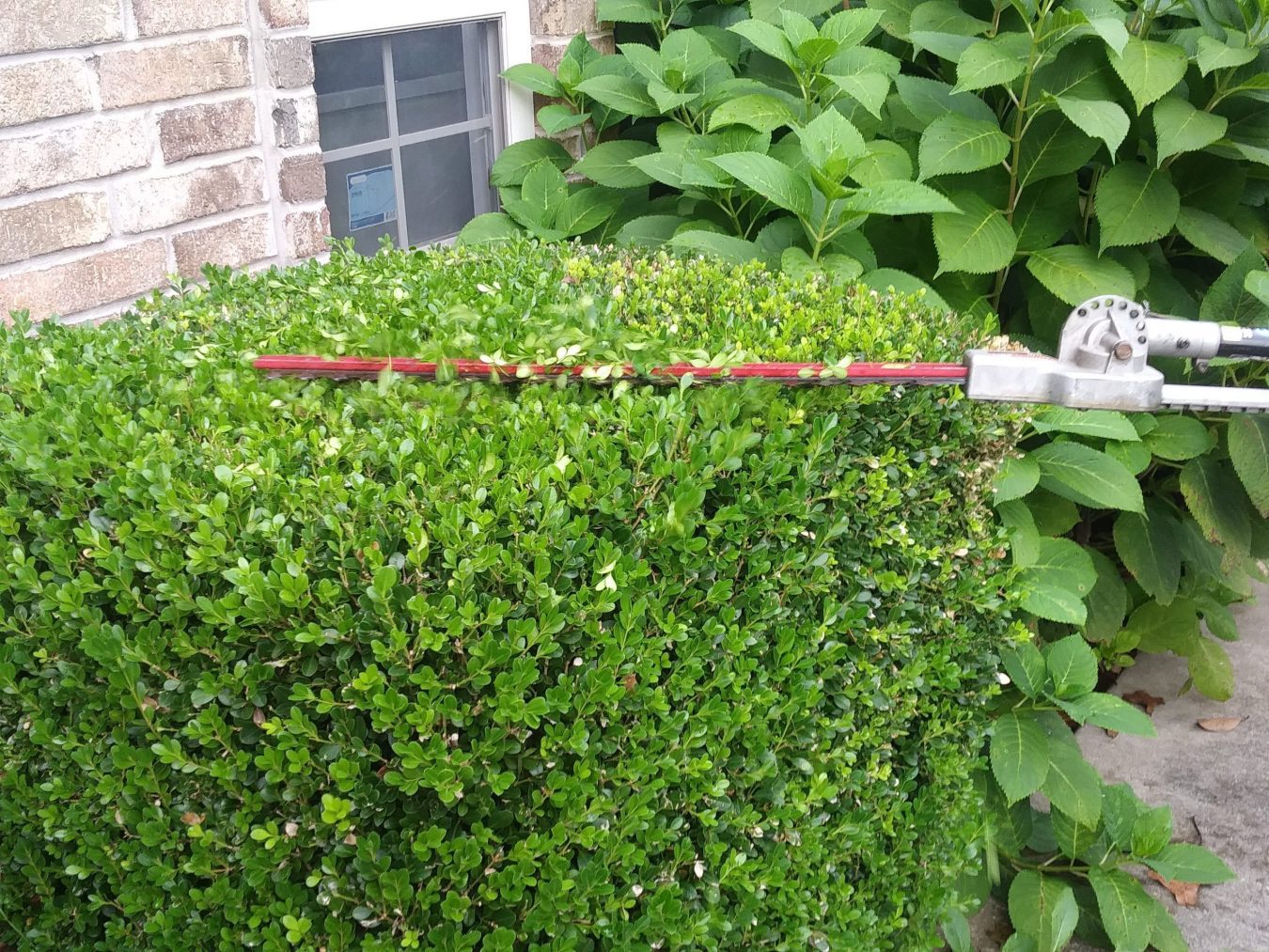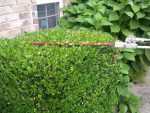Effective shrub or bush pruning is key to cultivating a vibrant and thriving landscape. Whether you’re a seasoned gardener or just starting to explore the world of landscaping, understanding the art and science behind proper pruning techniques can make a significant difference in the health and appearance of your plants.
What Is Difference Between Shrub Pruning and Trimming?
Shrub pruning involves the strategic removal of specific branches to shape the plant, encourage healthy growth, and enhance overall plant appearance. This process not only maintains the shrub’s structural integrity but also promotes optimal flowering or fruiting. Trimming focuses on controlling the size and shape of the shrub by cutting back overgrown branches. This technique is essential for maintaining a tidy and well-groomed landscape.

When Is The Best Time To Prune Shrubs and Bushes?
It is best to prune most trees and shrubs in late winter or early spring. This is the time that most trees and shrubs are dormant. While dormant plants will be less stressed by heavy pruning. The people over at Love Your Landscape suggest “Dormant pruning is usually done in late winter, six to 10 weeks before the average last frost in your area.” Pruning during the right season for certain trees helps ensure the best production of flowers and foliage.
Dormant pruning is usually done in late winter, six to 10 weeks before the average last frost in your area
loveyourlandscape.org
When is Shrub Pruning Always Ok?
Some shrub pruning can be done at any time of the year if it will help the plants’ health. Say a big storm comes through and breaks several branches off of your gorgeous crape myrtle. In this situation, the season isn’t as important as removing the broken branches. The plant will most likely recover faster if the broken branches aren’t taking nutrients. Leaving a large wound for pests and disease, or affecting the overall growth of the plant.
- Late winter and early spring is the best time to trim back summer flowering shrubs.
- Late spring and early summer are the best times to prune spring-flowering bushes, just after the flowers have all died out.
- Mid-summer is the best time to prune bleeding trees or those with a very heavy sap flow.

It Is Ok To Prune Shrubs or Bushes Anytime If There Are:
- Dead branches.
- Damaged branches.
- Weak branches.
- Branches that are crossing, or touching the house or other structures.
- Deadheading: the practice of removing flowers that have already bloomed is always a good idea and can be done anytime.

Different Types of Pruning
- Regular maintenance: helps keep a tree or shrub from outgrowing its surroundings.
- Renewal pruning: is consists of removing the oldest branches and cutting all the branches back to the same length.
- Pinching: is removing the new green growth at the tips of branches back to the woody stalk.
How to Prune Shrubs
When shrub pruning it is important to consider water, pests, and disease. This is why most major pruning is best done when the tree is dormant. There is less risk of transferring disease from one plant to another. Or of the opened cuts becoming infected. This Old House has a great pruning do’s and don’ts guide.
- Identify the Branch Collar: Locate the area where the branch meets the trunk or parent branch. This is known as the branch collar, and it contains specialized cells that aid in the healing process.
- Position the Blades: Hold the pruning tool at a 45-degree angle, positioning the blades just above the branch collar. All cuts should be made at a 45-degree angle to prevent water from collecting on the cut. Any water that the cut collects is an open invitation for mold and disease.
- Make the Cut: Execute a clean cut through the branch, ensuring it’s just outside the branch collar. This angle promotes quicker healing and reduces the risk of disease or pests entering the plant.
- Avoid Flush Cuts: Resist the temptation to make flush cuts, as these can hinder the plant’s ability to heal properly.
How To Prune Flowering Shrubs
- Pruning at a 45-degree angle: facilitates efficient healing, encourages new growth, and contributes to the overall health and aesthetics of your plants. Remember, precision and care are key to successful pruning.
- Cuts should be made ¼ inch above the bud that you want to remain on the tree.
- Remember that the new shoots will grow in the direction the bud is facing.
- It is also important to keep all cuts parallel to the parent branch or main stalk of the tree.
Pro Pruning Tip
Choose sharp, clean pruning shears or loppers to make a precise cut without causing unnecessary damage. When dealing with diseased plants or working at a different location always remember to clean your tools to prevent spreading disease, bacteria, or fungus to other plants.
2 J’s & Sons Lawn and Landscape Offers Shrub Pruning and Bush Trimming
If you are ever in doubt about when to trim or prune you can always ask a local landscape professional. Or consult your local extension office. To get the most out of your plants’ prune when needed. Not all at once when things get out of hand.
If your shrubs have gotten out of hand and you live in the Bentonville, Arkansas, McDonald County Missouri or Neosho, Missouri give 2 J’s & Sons a call. We can tidy them up and remove the extra weight from your shrubs or bushes. See more of our landscaping services
